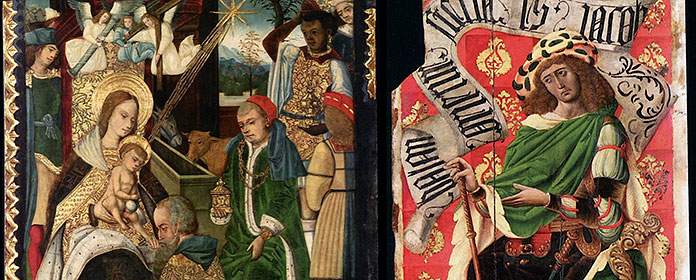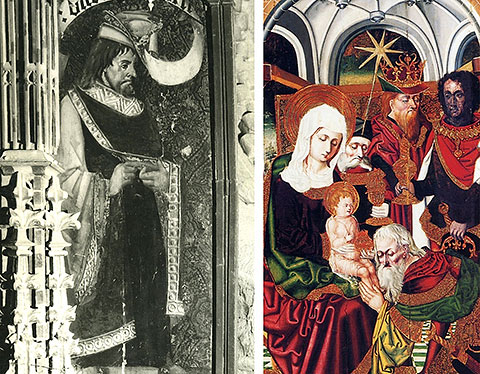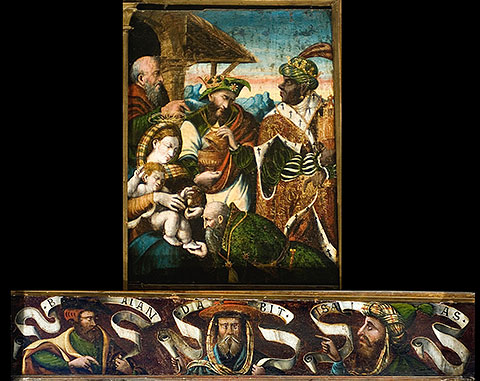"According to his prophecy, the Magi are the descendants of the Old Testament character Balaan the soothsayer".
Professor José Javier Azanza will give a lecture on Christmas at lecture , organized by the Chair de Patrimonio y Arte Navarro.

With Christmas fast approaching, the Chair of Heritage and Navarrese Art of the University of Navarra has organized the onlinelecture "Announcing the Star of the Magi. The soothsayer Balaan in Navarrese art". José Javier Azanza, professor of Art History at the School of Philosophy and Letters, has approached the nearly 40 attendees the figure and artistic representations of Balaan, a pagan soothsayer of the Old Testament whose story is told in the book of Numbers.
As he explained, "in the prophecy of Balaan Orietur stella ex Jacob (From Jacob a star advances) we see the same star that guided the Magi of the East, as is recorded in different testimonies throughout history". Supported by an image of the portal of the Virgin of the cathedral of Amiens, where Balaan is represented as a teacher of the Magi who attend to the teachings that he has left in writing, he pointed out that "it is Balaan who, through his prophecies, makes the star known to them. And, in a way, the Magi are his descendants". Likewise, he affirmed that "his presence in relation to the Epiphany is present from the first moment of Christianity" and, to illustrate this, he showed some representations of the character in Paleochristian art.

Pedro Díaz de Oviedo. High altarpiece of the cathedral of Tudela (1487). Details of the Adoration of the Magi and Balaán. sourceThe High Altarpiece of the Cathedral of Tudela. History and Conservation. Pamplona: Government of Navarra, 2001.
In his role as herald of the Messiah, it is from the late fifteenth century and until the mid-sixteenth century, as Azanza explained, when Balaan is equated to the great prophets of the Old Testament and begins to be represented in altarpieces, "individually, with a modest presence, in a secondary place, and always linked to those that incorporate a Marian cycle with the adoration of the Magi, as it is this passage that justifies its presence. Thus, he has shown the attendees some examples in the Navarre heritage where a direct allusion to the character is made, as in the main altarpiece of the cathedral of Tudela, in the church of Artajona, or in the old parish of San Juan de Burlada, which is currently in the chapel of the Museum of Navarra. "The representations from the middle of the 16th century onwards are scarce, due to the implementation in internship of the provisions of the Council of Trent, when the presence of Old Testament prophets tended to disappear due to their Judaizing connotations", he pointed out. "However, it should not be completely ruled out, hidden under some of the unidentified "prophets" that populate various altarpieces of Navarre.
To conclude, Azanza affirmed that "although the presence of Balaan in Navarre's art is, a priori, modest, that apparent insignificance becomes its greatness: a foreign, pagan and clumsy soothsayer, unable to see God, manages to sneak in among the prophets of the Old Testament and plays the role of announcer of the son of God".

Juan del Bosque. High altarpiece of the church of San Juan Bautista de Burlada (church of the Hospital de Nuestra Señora de la Misericordia, Pamplona) (1529-1546). Details of the Adoration of the Magi and of Balaan, David and Isaiah. Museum of Navarra.
